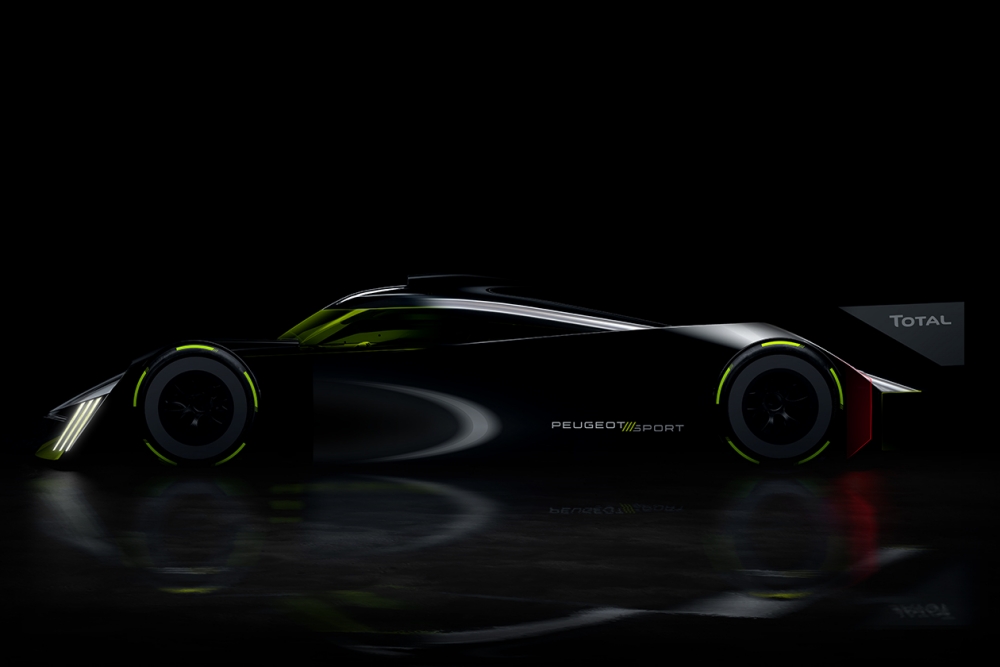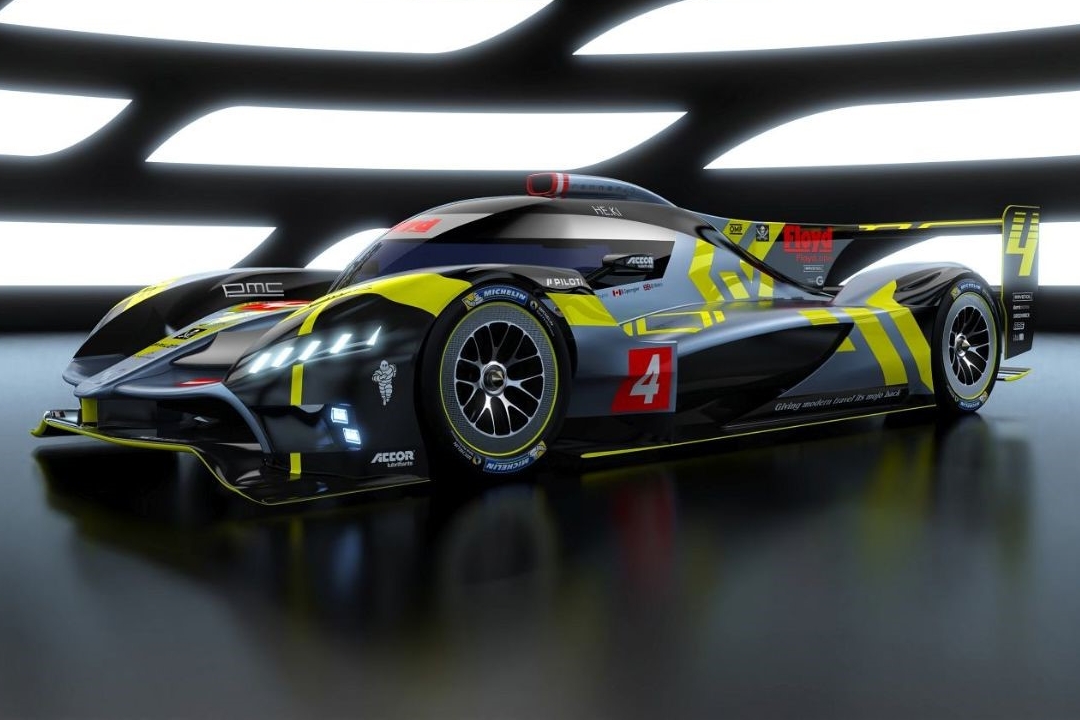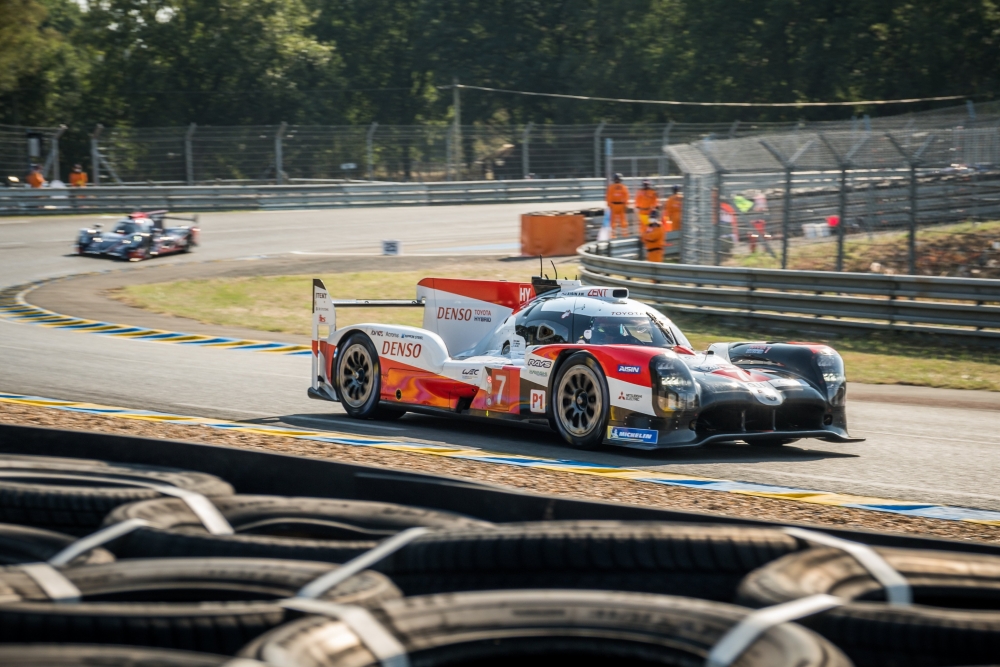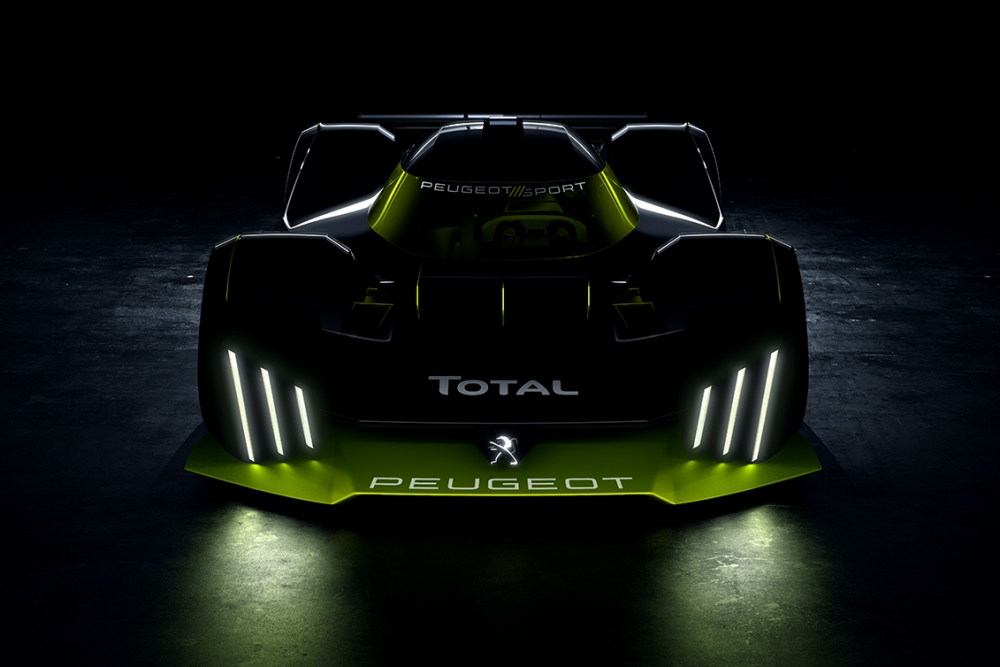Today was a big day for Le Mans news, as Friday at Le Mans always is. With Hyperpole in the books and the grid set for the race early in the day, press conferences and announcements dominated headlines this afternoon.
There really is so much to digest, as Travel Destinations’ Stephen Kilbey writes…
*
The Convergence conundrum
Despite the main event being the ACO conference today, at an ACO event, IMSA’s LMDh category was front an centre, with plenty of pieces of news emerging.

The headlines here, along with more details regarding the technical regulations, are the new technical partners. Williams Advanced Engineering and Bosch have been brought in to create the KERS system for the new (LMP2-based) LMDh cars – with Bosch looking after the mechanical portion of the unit.
The target output for the system is 40bhp, adding to tthe 630hp internal combustion engines that will be in the back of the LMDh chassis formed from Dallara, Ligier, Multimatic and ORECA’s next-generation LMP2 models. X-Trac meanwhile, will be responsible for the gearboxes for the new formula.
So many questions are yet to be answered though. The most pressing one concerns the debut of the category.
Originally, LMDh was supposed to debut in 2022, just a single year after the first races for the Le Mans Hypercars. But Travel Destinations understands it is increasingly likely for the first season of LMDh to be pushed back to 2023, the disruption caused by the pandemic clearly to blame here. (RACER.com has more on this HERE)
We should hear more on this sooner rather than later, as John Doonan (above) and his IMSA team behind the scenes continue to work with manufacturers to put together a world-class field that can compete in North America and around the world alongside Le Mans Hypercars as part of the ‘convergence’.
If LMDh’s introduction was indeed pushed back to 2023, what would that mean for said ‘convergence’? This is where we begin treading into the real ‘unknown’.
We still don’t know whether or not IMSA will accept LMH cars into the WeatherTech SportsCar Championship for instance. It will not be an easy task to balance proven Le Mans Hypercars (some of which will be in their third season) with brand new LMDh cars either, especially if the first time the two formulas meet is at Sebring or Le Mans – at two very important events. There’s also a real question mark about any WEC-bound manufacturers/teams that want to race in the Le Mans Hypercar category with an LMDh car.
Will they have to wait until 2022 or will the WEC make moves to allow them in early? Pierre Fillon, the ACO President, gave a non committal answer in the conference, stating that they are unsure whether the debut of LMDh will be “before or after Le Mans 2022″…
**
Peugeot Commits to Hypercar
Meanwhile, on the subject of Le Mans Hypercar, it is now official: Peugeot Sport has chosen the Hypercar formula over IMSA’s LMDh platform for its top class FIA WEC entry scheduled for the 2022 season.

The French constructor cited the amount of aerodynamic freedom in LMH as a key reason for its decision. It also relishes the chance to develop a hybrid powertrain alongside technical partner TOTAL, which extends its relationship with Peugeot as part of this WEC effort.
Renders were also shown off, which produced a strong positive response from fans.
This is all positive news. The cavalry is certainly coming for the FIA WEC, with Peugeot set to join the fun in 2022 to race against Toyota, Glickenhaus, ByKolles and, we hope, Alpine. There are plenty more manufacturers in the mix for future programmes too. The questions remain, how many more will come and as discussed above, what does the future hold for LMDh?
***
ByKolles’ Hypercar programme lives!
Prior to today, it had been quite a while since we last heard anything from LMP1 team ByKolles about its Le Mans Hypercar plans. It was therefore a pleasant surprise to see some new renders of ByKolles’ 2021 Hypercar.

ByKolles says its staff has run thousands of CFD runs to create the aero concept seen above, which it hopes will produce ‘class leading performance’.
The project is part of a wider drive to manufacturer and sell both track day and road-going versions of the car in the coming years. It’s certainly an ambitious move from the team which has been a part of top-level prototype racing for over a decade now.
****
Hyperpole proves a success!
To put it simply, Hyperpole works… Really, really, well.
The debut of the Le Mans 24 Hours’ new Qualifying format today, (which saw the top six from Qualifying Practice hit the track for a short, sharp session with fresh tyres and low fuel), produced plenty of action.

In the past Le Mans Qualifying, with its multi-session format, always had potential to be an anti-climax. Those trackside in the stands and garages often wouldn’t know when the pole lap was set, or likely to be set, because weather conditions across multiple days and varying strategies from teams meant there was always a good chance it wouldn’t go down to the wire on Thursday night.
Thus, having the fastest cars and drivers, all on fresh rubber for a quick session to decide pole this year, was (unsurprisingly perhaps), very entertaining.
Toyota took pole on this occasion, ahead of the TS050 HYBRID’s final Le Mans run this weekend. But it wasn’t an easy ride
Rebellion showed a real flash of pace with American Gustavo Menezes, who set a 3:15.822 early in the session to put the No. 1 Rebellion R-13 on provisional pole. To put that lap into context, it was the fastest non-hybrid LMP1 lap at Le Mans, ever, a few tenths faster than the previous best by SMP Racing.
Unfortunately for the Swiss team though, it wasn’t quite enough, as Kobayashi’s 3:15 came shortly after and put the No. 7 atop the times on the second lap of his first fresh set of tyres. He then went on to attempt to break the all-time lap record, (which he set back in 2017 with a 3:14.791), and was on course to do so but had to abandon the lap just as the checkered flag came out while passing through the final sector.
Elsewhere United Autosports’ Paul Di Resta narrowly took the top spot in LMP2, Porsche beat out AF Corse and Aston Martin Racing in the hotly-contested GTE Pro class and Luzich Racing claimed the honours in GTE Am.
Already we’re looking forward to seeing the response from fans trackside in 2021 to Hyperpole. If it produces drama anything like this year, then it’s sure to be a hit.
*****
Sebring confirmed in the FIA WEC’s 2021 calendar
The FIA WEC revealed the 2021 calendar during the press conference today. The new schedule for next year sees the number of races reduced from eight to six, meaning there are a trio of omissions from the original 2020/21 calendar that was scrapped due to the pandemic.
The season will begin at Sebring, with a 1000-mile race, in a double-header with the IMSA WeatherTech SportsCar Championship’s 12 Hours of Sebring. This will be the global debut for the Le Mans Hypercar formula and mark the return of ‘Super Sebring’ after the 2020 edition was cancelled.

Spa is next up for the first of three European races. The race in Belgium precedes the Le Mans 24 Hours, as per tradition, before the teams head to Italy to race for the first time at Monza. While it won’t be the full debut of the circuit in the WEC – it played host to the pre-season prologue test back in 2017 – it will be the first race at the ‘Temple of Speed’ for the championship.
With the European leg over, the season will finish with races in Fuji Speedway, Japan and at the Bahrain International Speedway.
This means no racing, as was originally planned, at the newly-renovated circuit at Kyalami. The WEC will also not return to either Shanghai or Silverstone for the first time in its history.
Stephen Kilbey
Want to make the trip to Le Mans next year for the 24 Hours or Classic? We are already on sale for 2021 and demand is high! Give our office a call today to get yourself booked by calling
Images courtesy of Peugeot, ACO, ByKolles and Toyota

